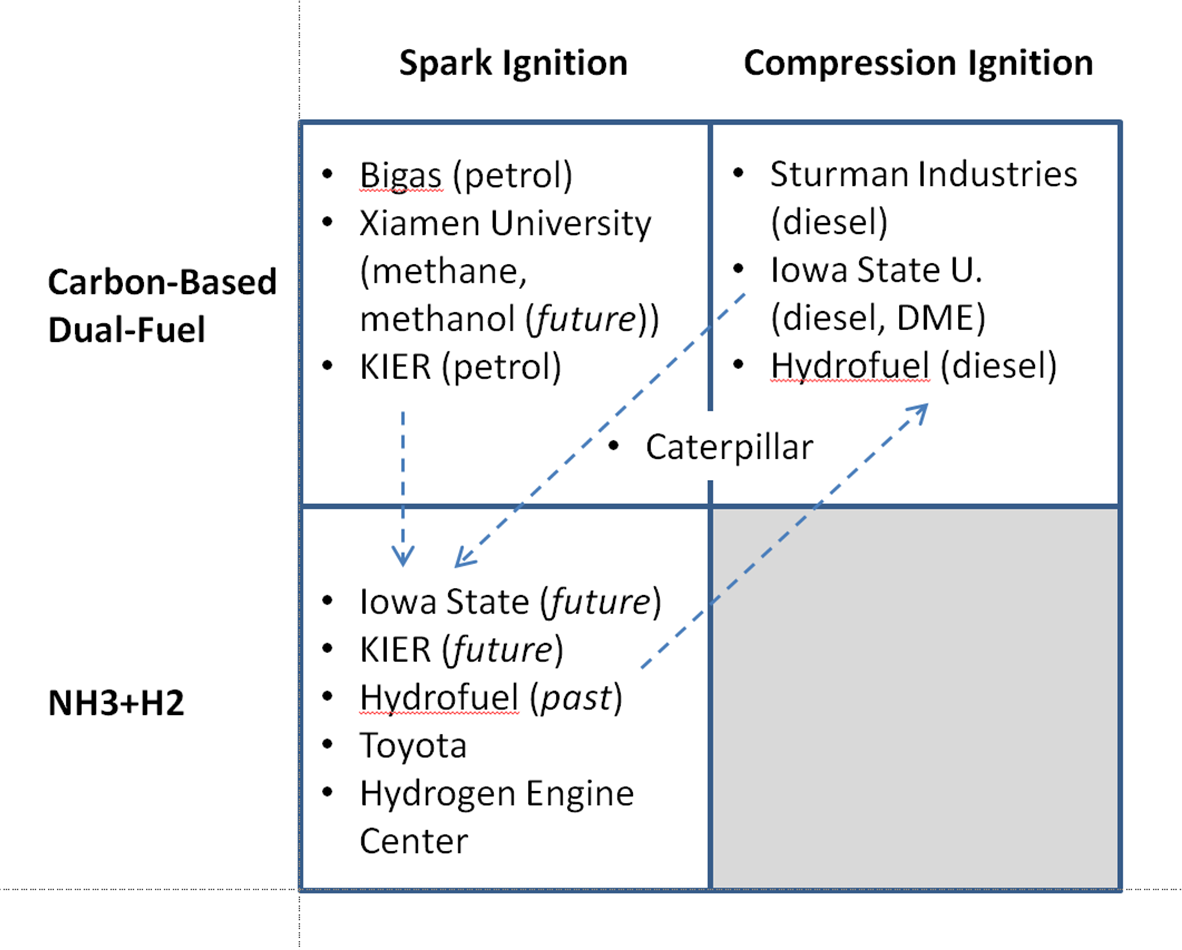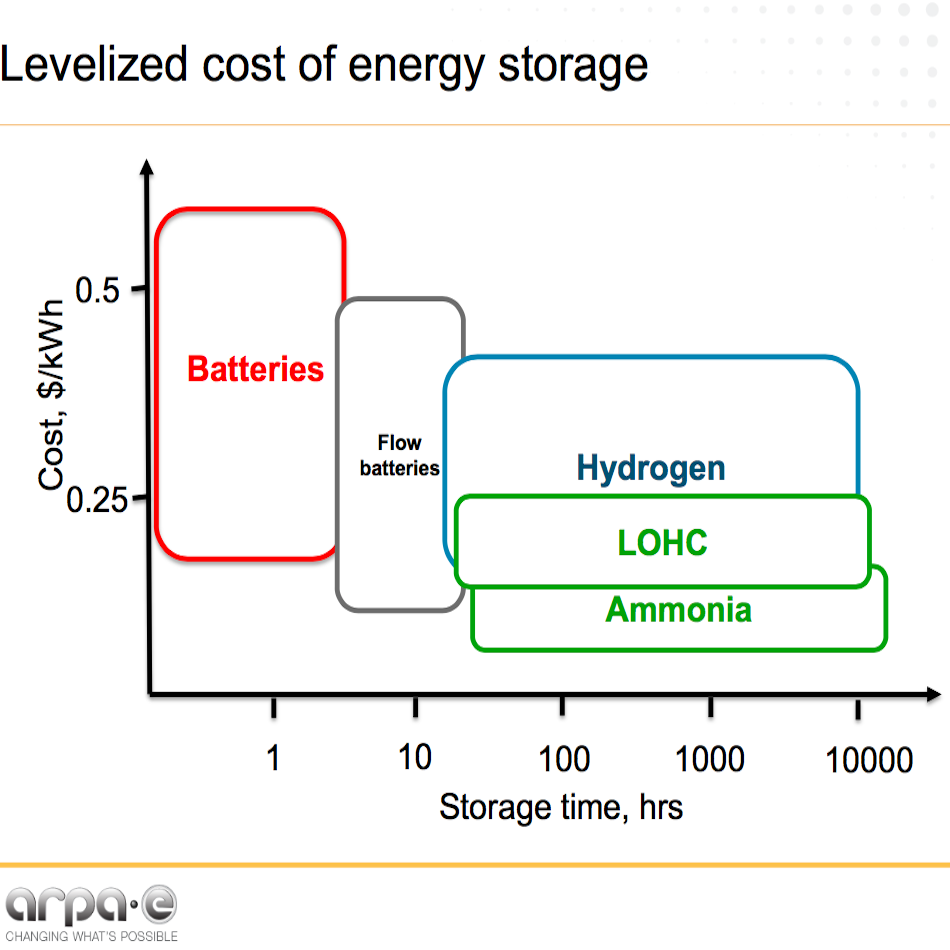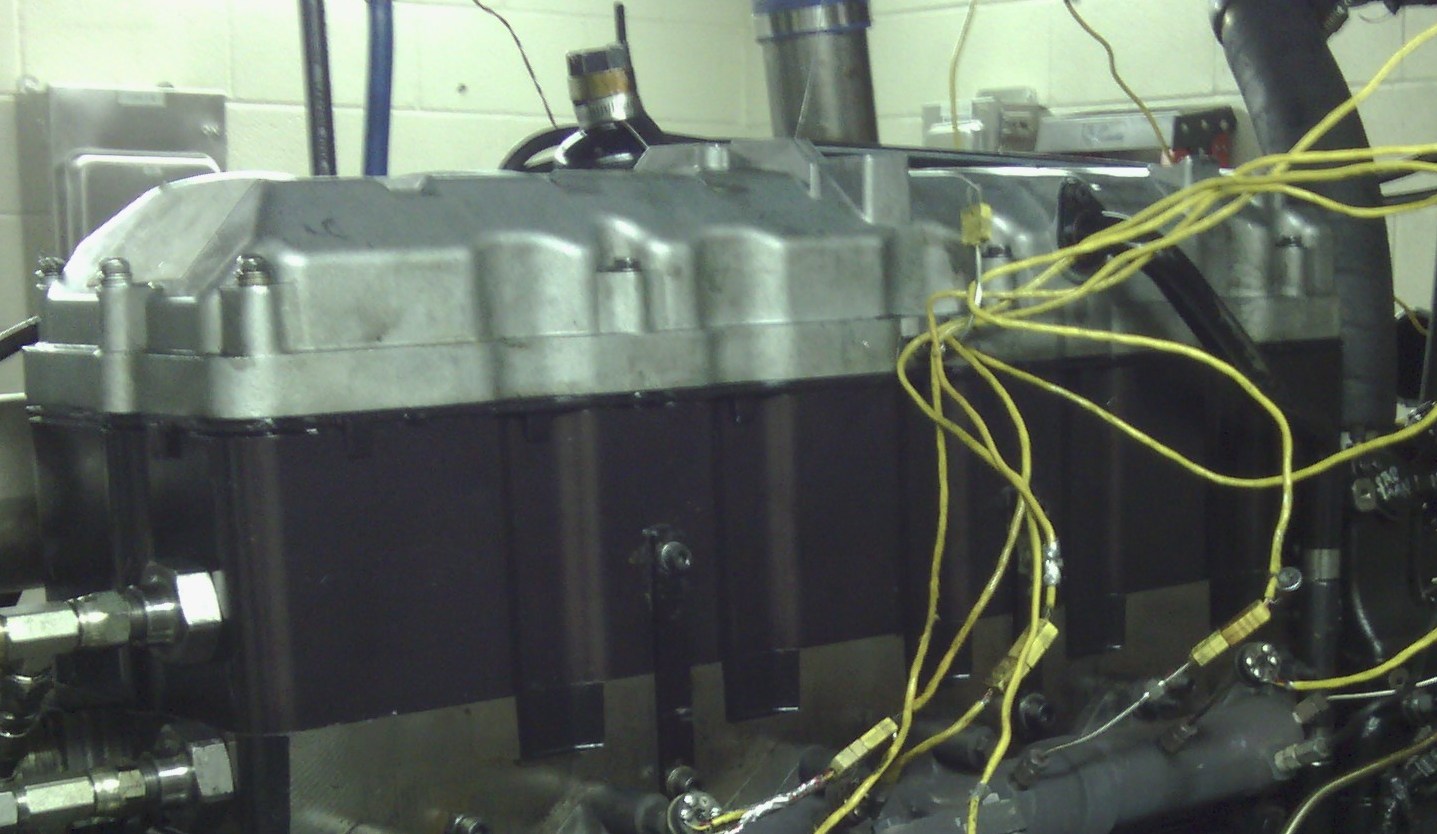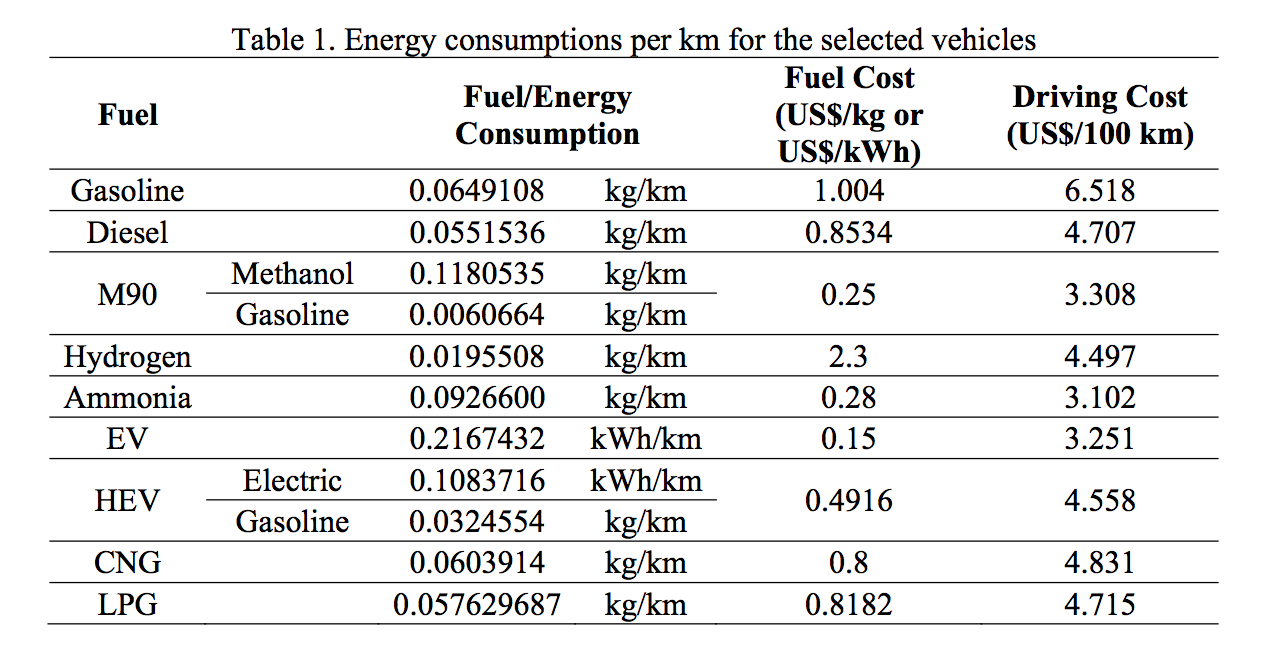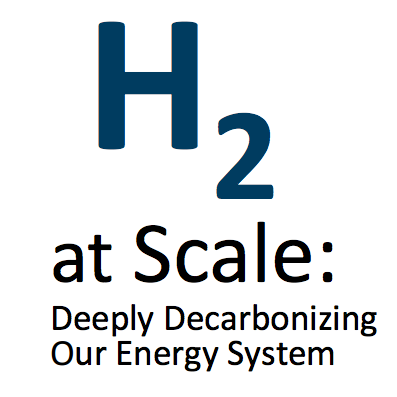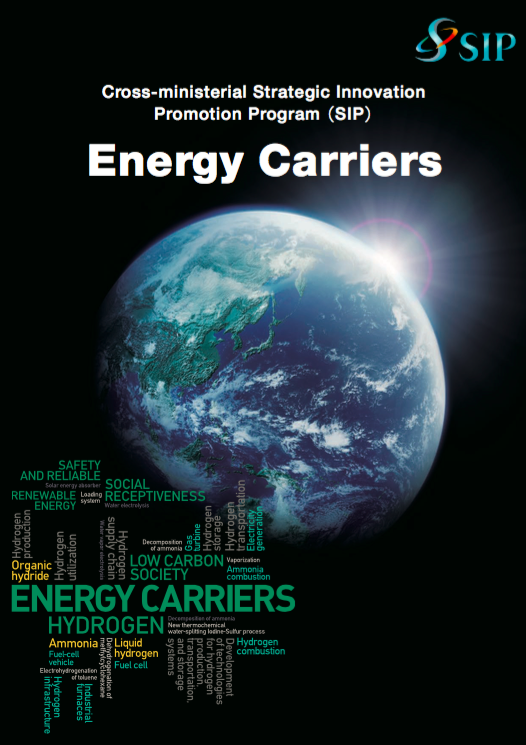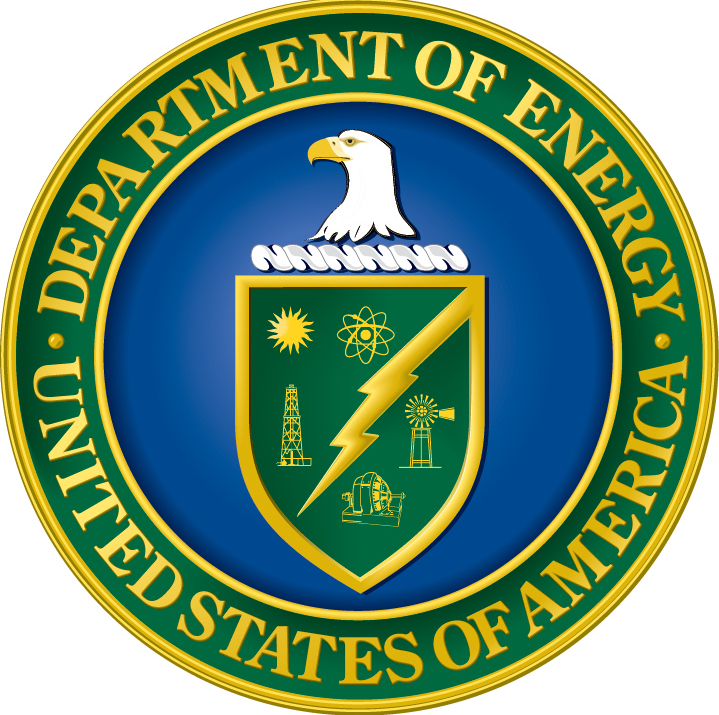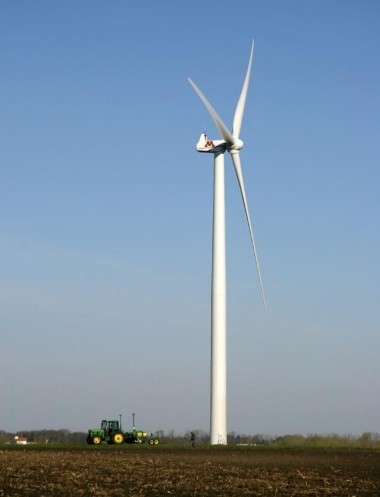Coordinated scission of N-H bonds
A paper published in this week's edition of Science outlines a new approach to breaking the hydrogen-nitrogen bonds in ammonia, allowing the production of hydrogen at low temperatures. This research was also reported on phys.org under the headline: "Method found for pulling hydrogen from ammonia for use as clean fuel."

